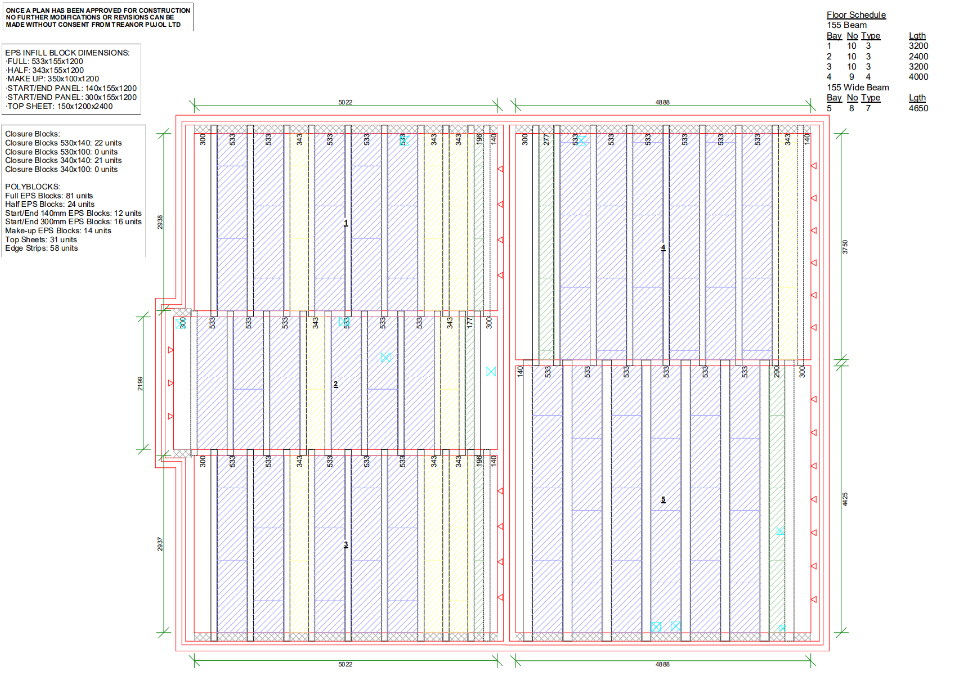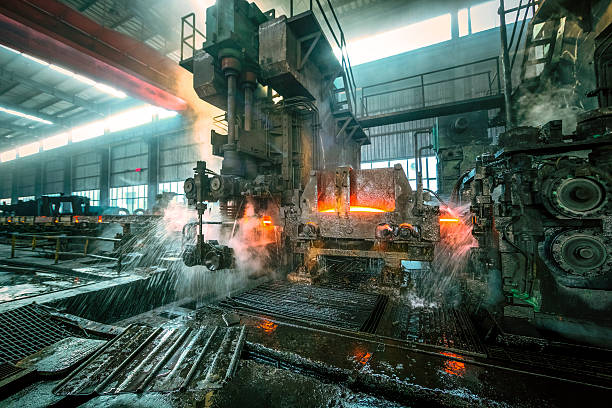
The optimization module of the SOGAE project was developed to automate the generation of efficient structural solutions in the construction of slabs, both concrete and porcelain. The main motivation was to replace manual or CAD-assisted design with an automated process that, while respecting structural and regulatory constraints, minimizes the total cost of forging.
It was a matter of solving a complex problem of entire optimization: given an architectural plan and certain structural metadata (load areas, obstacles, type of opening, etc.), finding the optimal distribution of joists and blocks that cover each area without overlaps or violation of restrictions, while also respecting criteria of constructability and economy.
This problem has multiple discrete variables and combinatorial constraints, which places it within the class of NP-complete problems, with a high computational load.
More than 30 specific constraints were modeled, including:
The objective function prioritized:
Datos Procesados
Volumen de datos procesados por la solución en el proceso de entramiento y producción.
Mejora de EGP
Mejora de la eficiencia global productiva del proyecto. Métrica que impacta a la rentabilidad de planta.
Accuracy de los modelos.
La unidad de medida que empleamos para medir la precisión de nuestros modelos y soluciones.


The optimization module of the SOGAE project was developed to automate the generation of efficient structural solutions in the construction of slabs, both concrete and porcelain. The main motivation was to replace manual or CAD-assisted design with an automated process that, while respecting structural and regulatory constraints, minimizes the total cost of forging.
It was a matter of solving a complex problem of entire optimization: given an architectural plan and certain structural metadata (load areas, obstacles, type of opening, etc.), finding the optimal distribution of joists and blocks that cover each area without overlaps or violation of restrictions, while also respecting criteria of constructability and economy.
This problem has multiple discrete variables and combinatorial constraints, which places it within the class of NP-complete problems, with a high computational load.
More than 30 specific constraints were modeled, including:
The objective function prioritized:
Datos Procesados
sit amet in order consectetur. Condimentum mi consequat eget.
Datos Procesados
sit amet in order consectetur. Condimentum mi consequat eget.
Datos Procesados
sit amet in order consectetur. Condimentum mi consequat eget.


Proyecto de detección de defectos en línea de fabricación de productos alimentarios por visión.

Predicción de futuras paradas no planificadas debidas roturas de maquinaria crítica industrial.

Modelado predictivo y optimización del rendimiento y eficiencia en función de condiciones operativas.